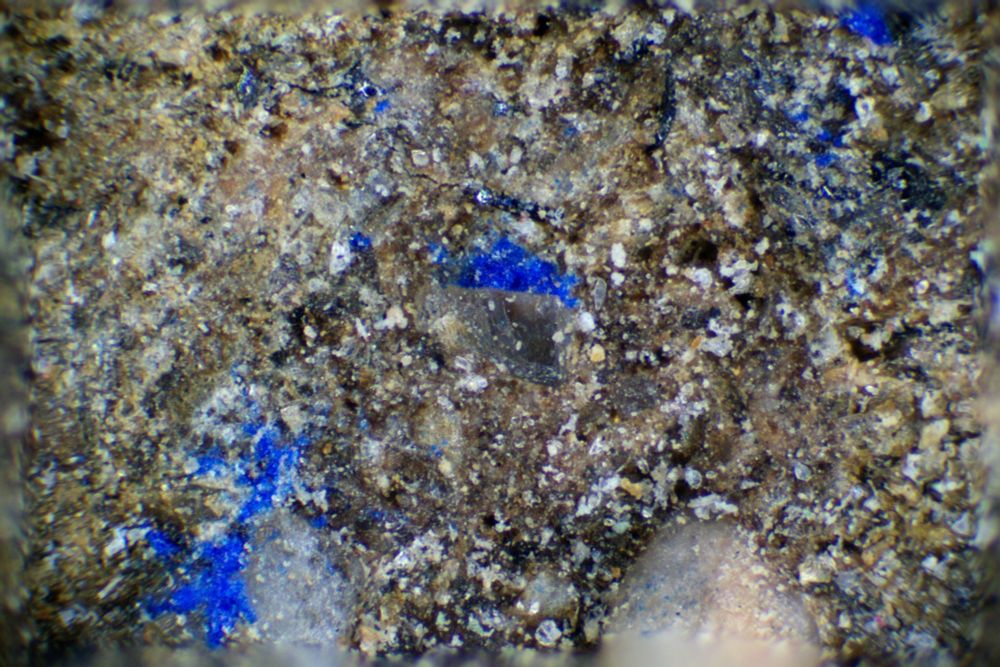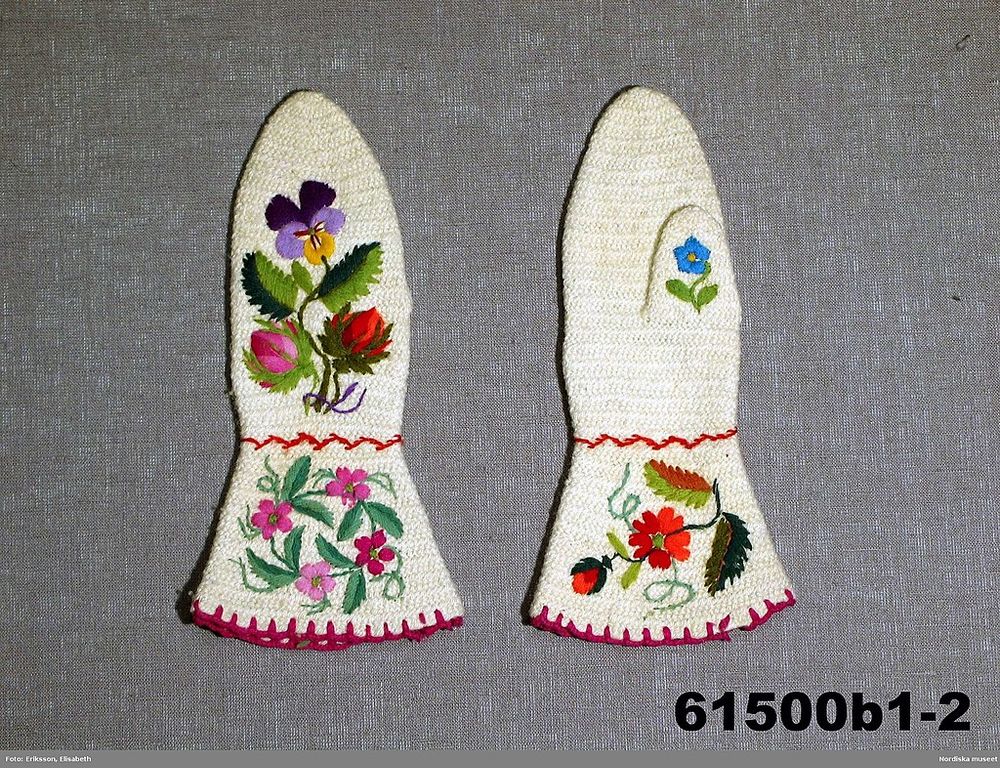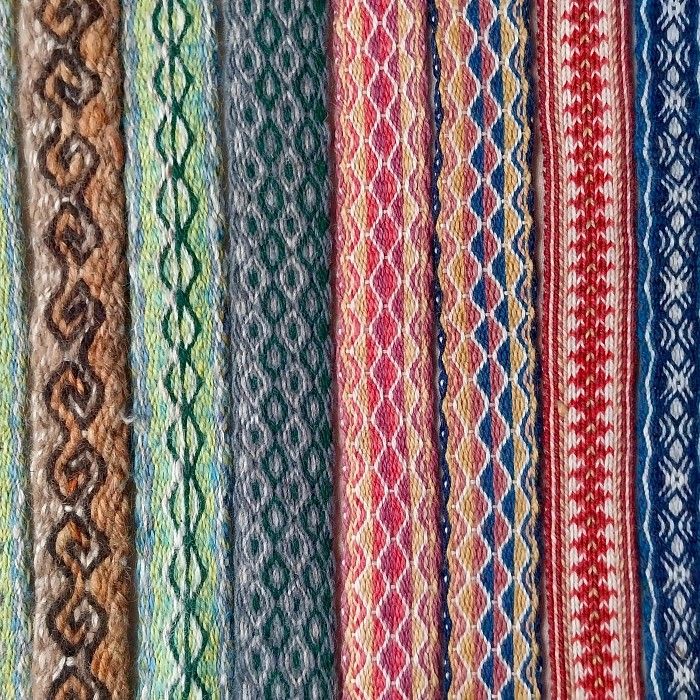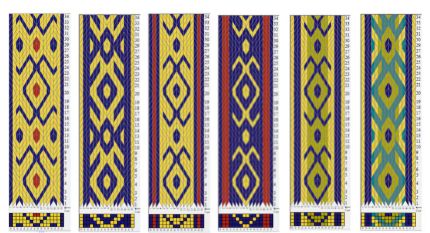ArchaeoPlays
@archaeoplays.bsky.social
5.5K followers
3.4K following
350 posts
They/them. Disabled/chronically ill Minecraft YouTuber, & digital archaeologist (alias: Dr. Heather Christie). Also early medieval Scotland specialist and glass bead nerd. Lead Researcher for Carved in Stone. Business enquiries: [email protected]
Posts
Media
Videos
Starter Packs
Pinned
Reposted by ArchaeoPlays
Reposted by ArchaeoPlays
Reposted by ArchaeoPlays
Reposted by ArchaeoPlays
Reposted by ArchaeoPlays






















